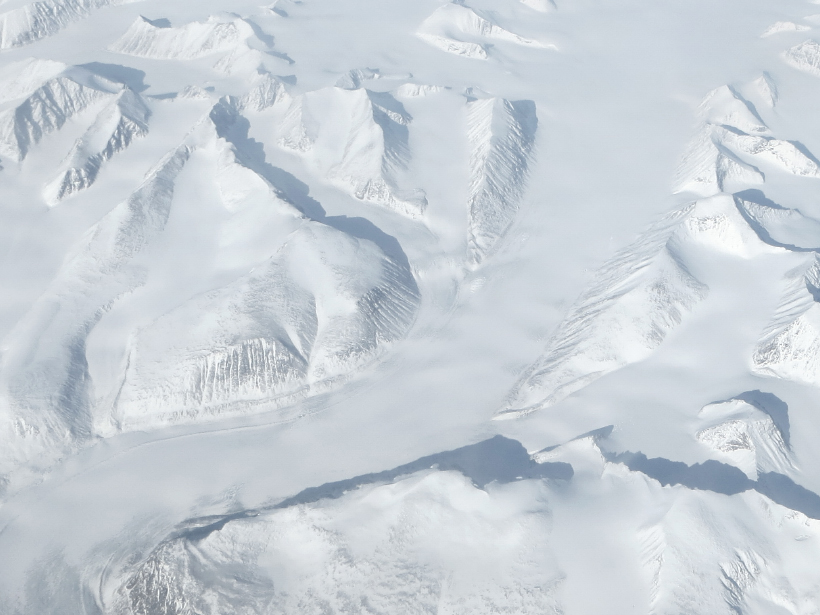Source: Geophysical Research Letters
For millennia, Earth’s climate has hinged on the behavior of ice: the cycle of glacier growth and retreat. These alternating glacial and interglacial periods coincide with variations in Earth’s orbit called Milankovitch cycles, which affect the insolation, or sunlight exposure, of different regions and thus the behavior of ice formation.
The average length of glacial periods has changed over time, from cycles of roughly 40,000 years that were more closely aligned to changes in obliquity—the tilt of Earth’s axis—to cycles of roughly 100,000 years, coinciding with changes in the eccentricity, or shape, of our planet’s orbit. The transition between 40,000- and 100,000-year cycles last occurred in the mid-Pleistocene. However, scientists have struggled to identify exactly how ice ages start, why they line up with these cycles, and why the lengths of and gaps between glacial periods vary through time.
To unravel these questions, Lee et al. examined the periodicity of glacial cycles using the National Oceanic and Atmospheric Administration/Geophysical Fluid Dynamics Laboratory general circulation model under different orbital conditions and carbon dioxide concentrations and a slab ocean configuration, which includes sea ice and simplifies the complex interactions of wind and water mixing at the ocean surface. The authors ran each simulation under two sets of parameters, one with present-day greenhouse gas concentrations and one with a warmer climate, resembling that of 1 million years ago and earlier. They were able to capture how Earth’s orbit affects insolation at the poles, determining the fate of ice gain or loss at the poles.
In the cold climate scenario (past 1 million years), sea ice has a tougher time forming outside the Arctic Circle because the Arctic is already mostly filled with sea ice; therefore, when one hemisphere tips toward the Sun, sea ice on the opposite side of the planet has a chance to grow. In theory, insolation should average out every year as Earth wobbles back and forth with the seasons. However, changes in Earth’s wobbles, or precession—occurring in roughly 20,000-year cycles and accentuating each roughly 100,000 years—allow sea ice to grow faster in one hemisphere than the other. Because ice reflects back more solar radiation than land or water, this drives a feedback loop that can plunge the planet into an ice age.
In the warm climate of 1 million years ago, the asymmetry in sea ice growth decreased as overall sea ice decreased, and the glacial periods more closely followed the 40,000-year cycle of obliquity. This is why the periodicity of glaciation cycles changed over time, the authors believe: It’s all thanks to asymmetrical ice growth as Earth does its shimmy around the Sun.
Further research is needed to incorporate the influences of factors like ocean circulation, glacial dynamics, or carbon cycling, but the study is the first to pinpoint how Milankovitch cycles can spark glaciation through the action of sea ice, a question fundamental to our understanding of the planet and how its climate shifts. (Geophysical Research Letters, https://doi.org/10.1002/2016GL071307, 2017)
—Lily Strelich, Freelance Writer
Citation:
Strelich, L. (2017), How variations in Earth’s orbit triggered the ice ages, Eos, 98, https://doi.org/10.1029/2017EO074377. Published on 01 June 2017.
Text © 2017. The authors. CC BY-NC-ND 3.0
Except where otherwise noted, images are subject to copyright. Any reuse without express permission from the copyright owner is prohibited.

